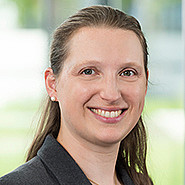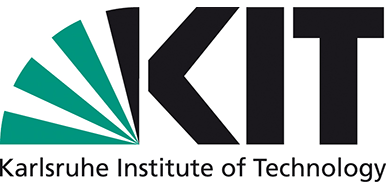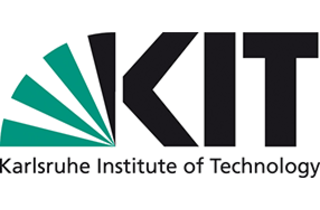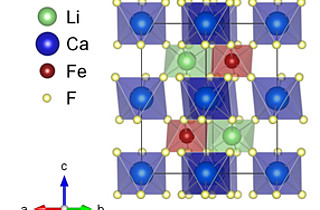Aqueous processing of cathode material
Due to their high energy density, lithium-ion batteries are among the most widely used storage media when it comes to portable electronic devices, e-mobiles or stationary energy storage devices. The increasing economic importance goes hand in hand with a steadily rising production demand, which increasingly focuses on the sustainable production of batteries and electrodes.
State of the art
One approach in electrode manufacturing is to renounce expensive, toxic organic solvents such as N-methylpyrrolidone (NMP) by using water as dispersion medium instead. This environmentally friendly method already works for anodes, but experiments in cathode production have so far failed due to the associated deterioration in battery performance. The reason is that the lithium contained is dissolved out of the cathode and the pH value rises drastically, which ultimately leads to corrosion of the current collector.
Technology
Scientists from the Helmholtz Institute Ulm (HIU) at KIT have developed a new method for the aqueous processing of cathode material for lithium-ion batteries. The method overcomes the previous disadvantages by synergistically combining two processing additives and without the need for any additional processing steps. On the one hand, phosphoric acid is added to the electrode paste to buffer the pH value and stabilize the active material surface. On the other hand, citric acid is added in order to crosslink the water-soluble binder in situ. The binder thus crosslinked improves the mechanical properties of the electrode and leads to substantially enhanced cycle stability, while the modified active material surface leads to a significant improvement in capacity and rate performance.
Advantages
The process makes the production of composite cathodes more environmentally friendly without sacrificing battery performance. The charging capacity of the manufactured battery remains stable over hundreds of charge and discharge cycles during continuous use.
Options for companies
Aqueous processing has already been tested at the institute on a laboratory scale for button cells. KIT is looking for partners for development projects or for the industrial application of the process.
Your contact person for this offer

Innovation Manager Energy Karlsruhe Institute of Technology (KIT)
Innovation and Relations Management (IRM) Phone: +49 721 608-25335
Email: pelisson-schecker@kit.edu



